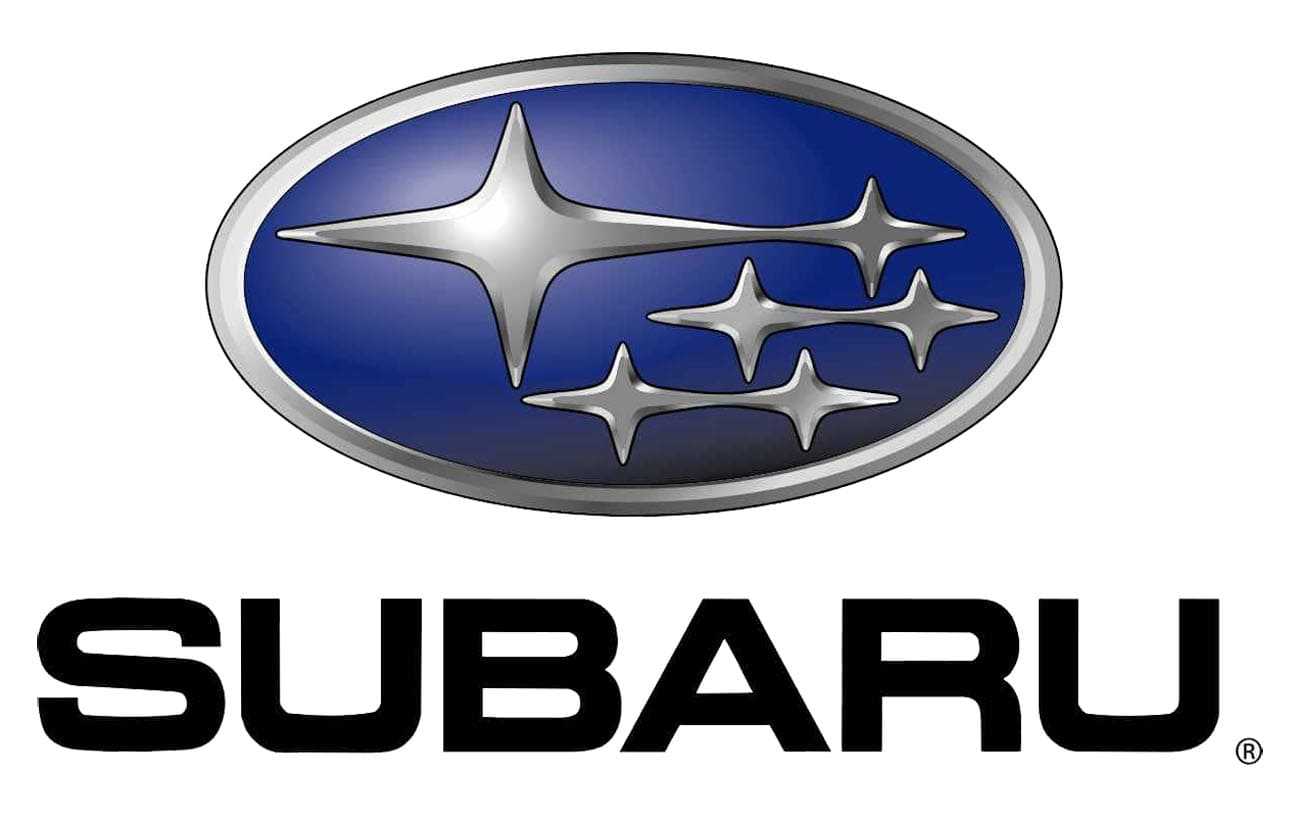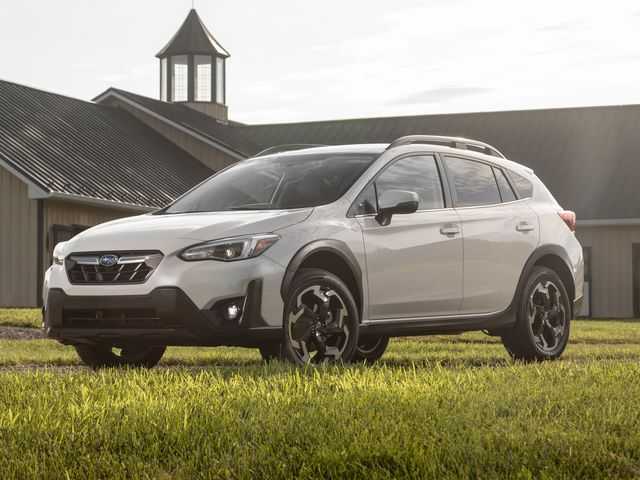
Subaru Crosstrek 2022 Base User Guide
The Subaru Crosstrek 2022 Base is a small SUV that is both flexible and powerful. It is a great mix of practicality, fuel economy, and off-road ability. The Crosstrek Base has a rugged and sporty look. It stands out with its higher ground clearance and unique style cues. It has a fuel-efficient 2.0-litre BOXER engine and a good mix of performance and efficiency, making it good for both driving in the city and going on trips in the countryside. The Crosstrek Base has a lot of room for goods, five comfortable seats, and high-tech safety features. The Subaru Crosstrek 2022 Base is a great choice for people who want a small SUV that can handle different terrains and daily driving with ease. It is versatile, reliable, and has Subaru’s well-known all-wheel drive system.
Seatbelt and SRS airbag
WARNING:
- All persons in the vehicle must fasten their seatbelts BEFORE the vehicle starts to move. Otherwise, the possibility of serious injury becomes greater in the event of a sudden stop or accident.
- To obtain maximum protection in the event of an accident, the driver and all passengers must always wear seatbelts when in the vehicle. The SRS (Supplemental Restraint System) airbag does not do away with the need to fasten seatbelts. In combination with seatbelts, it offers the best combined protection in case of a serious accident.
Not wearing a seatbelt increases the chance of severe injury or death in a crash even when the vehicle has the SRS airbag. - The SRS airbags deploy with considerable speed and force. Occupants who are out of proper position when the SRS airbag deploys could suffer very serious injuries. Because the SRS airbag needs enough space for deployment, the driver should always sit upright and well back in the seat as far from the steering wheel as practical while still maintaining full vehicle control and the front passenger should move the seat as far back as possible and sit upright and well back in the seat.
Child safety
- Never hold a child on your lap or in your arms while the vehicle is moving. The passenger cannot protect the child from injury in a collision, because the child will be caught between the passenger and objects inside the vehicle.
- While riding in the vehicle, infants and small children should always be seated in the REAR seat in an infant or child restraint system that is appropriate for the child’s age, height and weight. If a child is too big for a child restraint system, the child should sit in the REAR seat and be restrained using seatbelts. According to accident statistics, children are safer when properly restrained in the rear seating positions than in the front seating positions. Never allow a child to stand up or kneel on the seat.
- Place children in the REAR seat properly restrained at all times in a child restraint system or in a seatbelt. The SRS airbag deploys with considerable speed and force and can injure or even kill children, especially if they are not restrained or improperly restrained. Because children are lighter and weaker than adults, their risk of being injured from deployment is greater.
- NEVER INSTALL A CHILD RESTRAINT SYSTEM IN THE FRONT PASSENGER’S SEAT. DOING SO RISKS SERIOUS INJURY OR DEATH TO THE CHILD BY PLACING THE CHILD’S HEAD TOO CLOSE TO THE SRS AIRBAG.
- Always turn the child safety locks to the “LOCK” position when children sit in the rear seat. Serious injury could result if a child accidentally opens the door and falls out. Refer to “Child safety locks” F2-28.
- Always lock the passenger’s windows using the lock switch when children are riding in the vehicle. Failure to follow this procedure could result in injury to a child operating the power window. Refer to “Windows” F2-28.
- Never leave unattended children, adults, or animals in the vehicle. They could accidentally injure themselves or others through inadvertent operation of the ve-hicle. Also, on hot or sunny days, the temperature in a closed vehicle could quickly become high enough to cause severe or possibly fatal injuries to them.
- When leaving the vehicle, close all windows and lock all doors.
Drinking and driving
WARNING:
Drinking and then driving is very dangerous. Alcohol in the bloodstream delays your reaction time and impairs your perception, judgment, and attentiveness. If you drive after drinking – even if you drink just a little – it will increase the risk of being involved in a serious or fatal accident, injuring or killing yourself, your passengers, and others. In addition, if you are injured in an accident, alcohol may increase the severity of that injury. Please don’t drink and drive.
Drunken driving is one of the most frequent causes of accidents. Since alcohol affects all people differently, you may have consumed too much alcohol to drive safely even if the level of alcohol in your blood is below the legal limit. The safest thing you can do is never drink and drive. However, if you have no choice but to drive, stop drinking and sober up completely before getting behind the wheel.
Driving when tired or sleepy
WARNING:
When you are tired or sleepy, your reaction time will be delayed and your perception, judgment and attentiveness will be impaired. If you drive when tired or sleepy, your, your passengers and other persons’ chances of being involved in a serious accident may increase.
Please do not continue to drive but instead find a safe place to rest if you are tired or sleepy. On long trips, you should make periodic rest stops to refresh yourself before continuing on your journey. When possible, you should share the driving with others.
Modification of your vehicle
WARNING:
- Do not remove the SUBARU genuine navigation and/or audio system. If the SUBARU genuine navigation and/or audio system is removed, the rearview camera image and helplines (distance marker, dynamic guidelines, and vehicle width lines) will no longer be displayed.
- For some models with Reverse Automatic Braking (RAB) system, even if the Reverse Automatic Braking (RAB) system and object detection warning is ON, the visible alert of the Reverse Automatic Braking (RAB) system will not be displayed. However, the audible alert and its function will operate.
CAUTION:
Your vehicle should not be modified other than with genuine SUBARU parts and accessories. Other types of modifications could affect its performance, safety, or durability, and may even violate governmental regulations. In addition, damage or performance problems resulting from the modification may not be covered under warranties.
Driving with pets
Unrestrained pets can interfere with your driving and distract your attention from driving. In a collision or sudden stop, unrestrained pets or cages can be thrown around inside the vehicle and hurt you or your passengers. Besides, pets can be hurt in these situations. It is also for their own safety that pets should be properly restrained in your vehicle. Re-strain a pet with a special traveling harness which can be secured to the rear seat with a seatbelt or use a pet carrier which can be secured to the rear seat by routing a seatbelt through the carrier’s handle. Never restrain pets or pet carriers in the front passenger seat. For further information, consult your veterinarian, local animal protection society or pet shop.
Tire pressures
Check and, if necessary, adjust the pressure of each tire and the spare (if equipped) at least once a month and before any long journey. Check the tire pressure when the tires are cold. Use a pressure gauge to adjust the tire pressures to the values shown on the tire inflation pressure label. For detailed information, refer to “Tires and wheels”
Attaching accessories
WARNING:
- Do not attach any accessories, labels or stickers (other than properly placed inspection stick-ers) to the windshield. Such items may obstruct your view.
- If it is necessary to attach an accessory (such as an electronic toll collection (ETC) device or security pass) to the windshield, consult your SUBARU dealer for details on the proper location.
- Do not connect any unauthorized accessories or devices to the data link connector (OBDII port). This connector should be used only with compatible diagnostic devices for inspection and maintenance by an authorized service technician using authorized service tools. Connecting unauthorized devices, such as a driver-behavior tracking device, may adversely affect vehicle systems, including safety systems, or allow others to access information stored in your vehicle. The use of unauthorized devices may also cause unexpected malfunctions, such as a drained battery, or may damage vehicle systems. The manufacturer’s warranty will not cover any part that malfunctions, fails, or is damaged due to the use of an unauthorized device with the data link connector.
Event data recorder
This vehicle is equipped with an event data recorder (EDR). The main purpose of an EDR is to record, in certain crashes or near crash-like situations, such as an airbag deployment or hitting a road obstacle, data that will assist in understanding how a vehicle’s systems performed. The EDR is designed to record data related to vehicle dynamics and safety systems for a short period of time, typically 30 seconds or less. The EDR in this vehicle is designed to record such data as:
- How various systems in your vehicle were operating;
- Whether or not the driver and passenger safety belts were buckled/fastened;
- How far (if at all) the driver was depressing the accelerator and/or brake pedal; and,
- How fast the vehicle was travelling.
These data can help provide a better understanding of the circumstances in which crashes and injuries occur. NOTE: EDR data are recorded by your vehicle only if a non-trivial crash situation occurs; no data are recorded by the EDR under normal driving conditions and no personal data (e.g., name, gender, age, and crash location) are recorded. However, other parties, such as law enforcement, could combine the EDR data with the type of personally identifying data routinely acquired during a crash investigation. To read data recorded by an EDR, special equipment is required, and access to the vehicle or the EDR is needed. In addition to the vehicle manufacturer, other parties, such as law enforcement, that have the special equipment, can read the information if they have access to the vehicle or the EDR.
Useful Links
Download Manuals: https://www.subaru.com/owners/vehicle-resources/manuals.html
2024 Subaro Crosstrek Specs, Price, Features, Mileage (Brochure)
Related Article
2022 Subaru Ascent Specs, Price, Features, Mileage (Brochure)
2024 Subaru Impreza Specs, Price, Features, Mileage (Brochure)
2023 Subaru Forester Specs, Price, Features, Mileage (Brochure)
2024 Subaru Crosstrek Specs, Price, Features, Mileage (Brochure)

